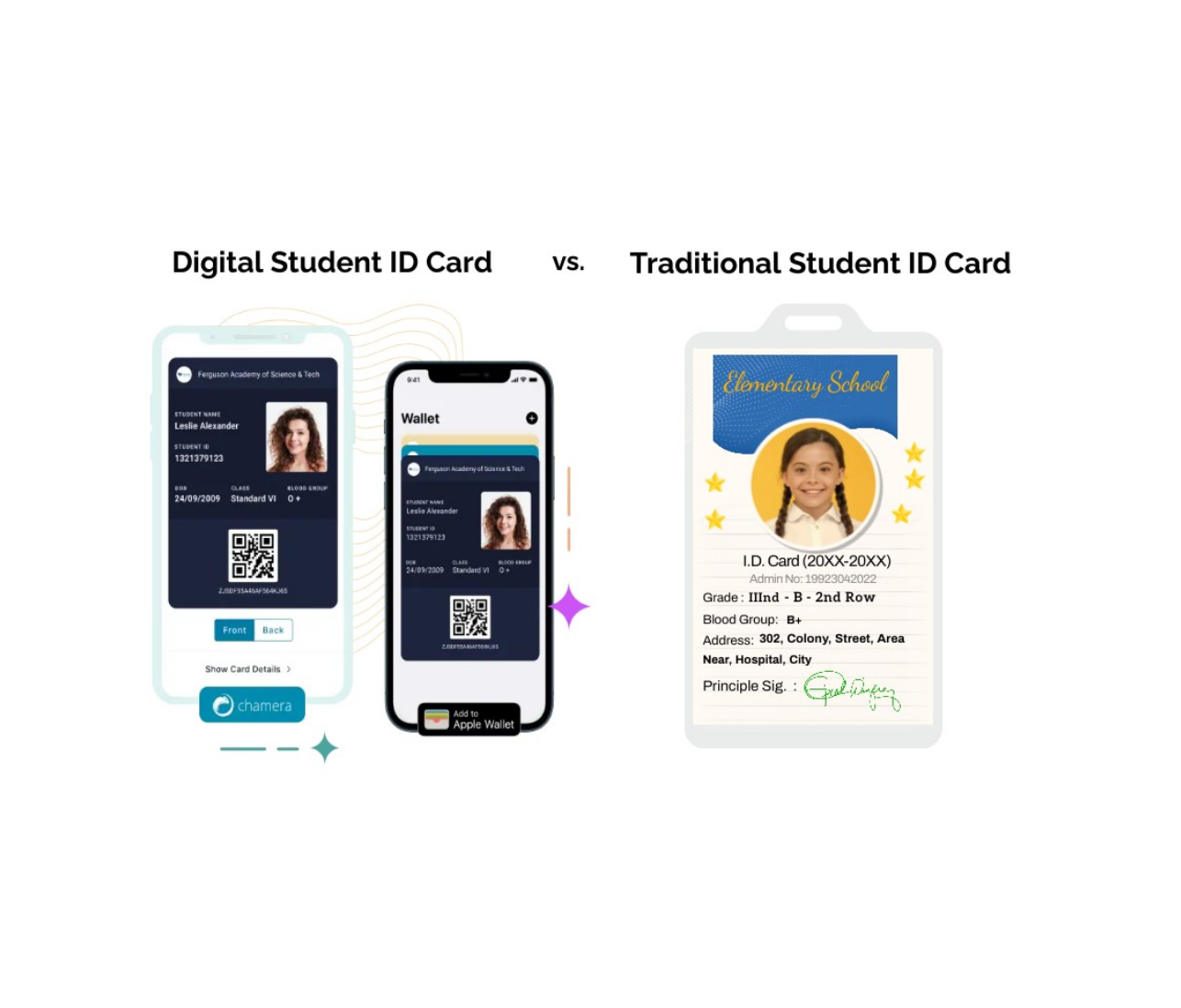The world has changed so are we to keep up with modernisation. Every people around us has already been virtualised. The online platform has become so popular now, especially during the pandemic of covid19. Though the situation has been back to normal, many institutions are still using online methods due to the unlimited facilities.
In this hi-tech era having a digital student ID instead of the traditional one is a must. Not only for students’ daily smooth attendance but also to help the student get access to needed virtual platforms along with storing their information permanently and securely. There are several benefits to having a virtual student ID card and you can explore some top vital reasons in this article.
Convenience
Paperless student ID cards can be convenient for some reasons. One advantage is that they are easy to carry and access, as they can be stored on a student’s smartphone or other mobile devices. This means that students do not have to worry about losing their ID or having it stolen, as they can easily access their virtual ID whenever they need it.
Another advantage of on-screen student ID cards is that they can be used in a variety of situations, including on-campus and off-campus. This can be particularly useful for students who are participating in online learning or who are studying abroad, as they can use their digital ID to access resources and services remotely.
Security
Digital student ID cards can help maintain security in several ways. One way is by using secure authentication methods to ensure that only authorised individuals can access the on-screen ID. This can include using passwords, biometric authentication (such as fingerprint or facial recognition), or other security measures to prevent unauthorised access.
Another way that paperless student ID cards can help maintain security is by enabling access control to certain resources and services. For example, a student’s virtual ID might be required to enter certain buildings or to access certain computer systems, which can help to prevent unauthorised access by individuals who do not have a valid ID.
In addition, paperless student ID cards can often be linked to other security systems, such as security cameras or access control systems, which can help to enhance overall security on campus.
No more lost ID
Losing an ID and getting a new one is always a hassle. The user of digital ID will never have to worry or think about losing their ID cards again. The best thing is it can be easily removed or accessed from any of the devices that the student wants.
Accessibility
When an institution uses the traditional ID system they need to have an individual ID card for individual premises. But digital ID cards can be used to access a wide range of services, including library resources, campus facilities, and event ticketing.
Emergency tracking
Digital student ID cards can potentially be used for emergency tracking, as they can often be linked to other systems and devices that can help locate individuals in the event of an emergency. For example, a student’s paperless ID might be linked to their location on a campus map, which could help emergency responders locate them if they need assistance.
Moreover, on-screen student ID cards can often include emergency contact information, such as the names and phone numbers of a student’s designated emergency contacts. This can be particularly useful in the event of an emergency, as it can allow emergency responders to quickly identify and contact the appropriate individuals.
Stickers and validations
Whenever the situation arises to add or remove any sticker and validation in student id for special events physical ID can be a big hassle. On the other side, you can easily upload stickers anytime in the digital ID card app and also delete or deactivate the validation while the purpose of the sticker finishes.
Sustainability
Digital ID cards can help reduce the environmental impact of traditional physical cards, as they do not require the use of materials such as plastic or paper. It can help reduce waste and be more environmentally friendly.
Cost savings
Virtual ID cards can help schools and universities save money by eliminating the need for the printing and distribution of physical cards. You can also send notifications to your student’s devices using the digital student ID app about special events and school closings.
Customisation
Digital student ID cards can often be customised to include specific information and features that are relevant to a particular student or educational institution. For example, a student’s hi-tech ID might include their name, photograph, student ID number, and the name of the educational institution they attend, as well as other information such as their major, year of study, and contact information.
In addition, on-screen student ID cards can often be customised to include specific features or capabilities that are relevant to a particular student or educational institution. For example, a student’s paperless ID might be linked to their library account, allowing them to check out books or access other library resources. It might also be linked to their campus meal plan, allowing them to pay for meals in the cafeteria.
However, in general, digital student ID cards can offer a high degree of customisation and flexibility, allowing students and educational institutions to tailor the ID to their specific needs and requirements.
Integration with other systems
Virtual ID cards can be integrated with other systems, such as campus security or financial aid, to streamline processes and improve efficiency. It can provide an advantage with access to a digital wallet. It can be compatible with both Apple Wallet and Google pay.
Summing up, a virtual student ID card is one of the best ways to maximise learning facilities and boost the safety and security of the student body. It can provide a simple solution tracing and access for all students, and staff members, and also can save a lot of money for administration. Introducing a digital student ID system not only gives a sense of independence to the students but also gives the staff a smoother way of dealing with parents, guests and visitors when accessing facilities.




